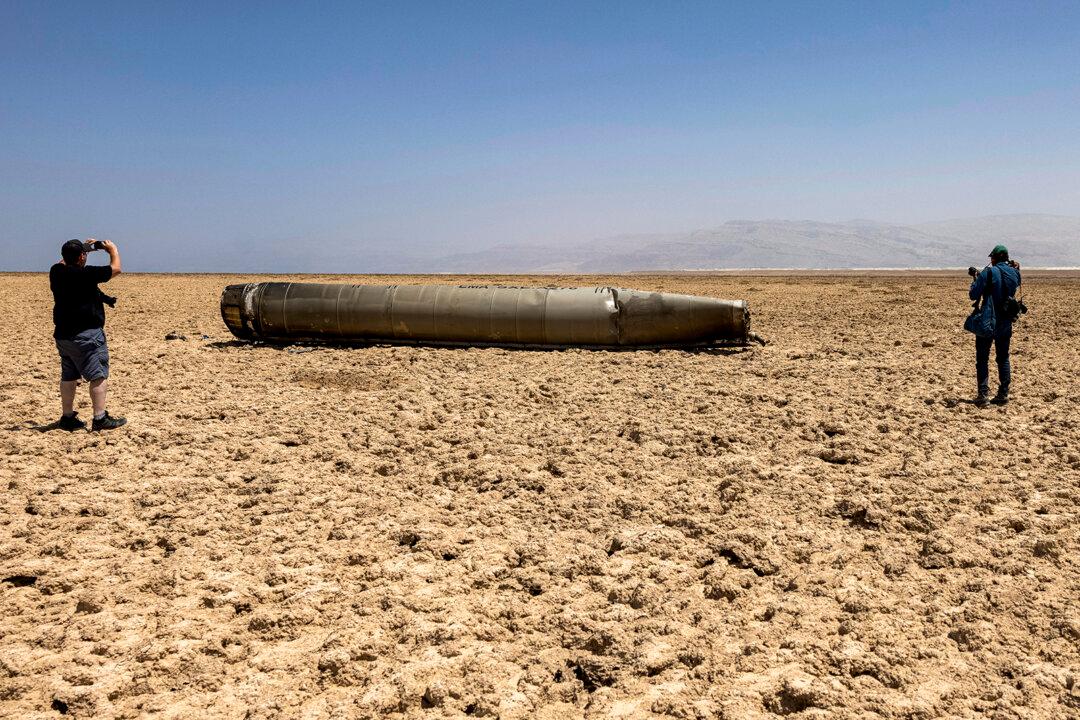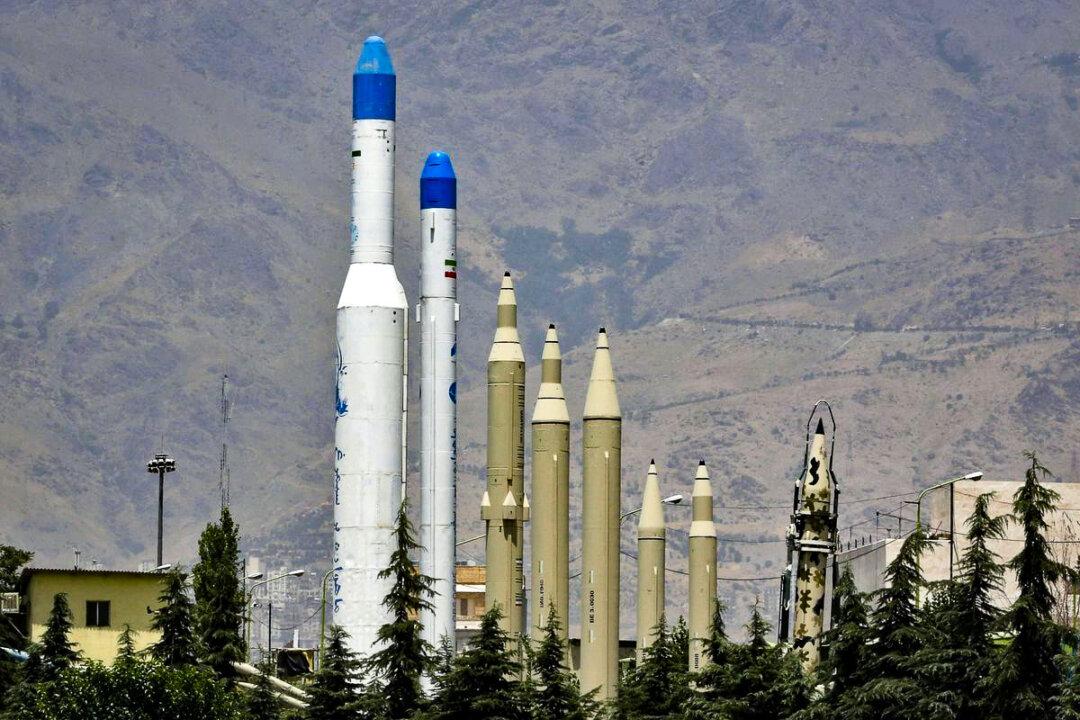Details of the recent limited Israeli retaliatory strike against Iranian anti-aircraft missile batteries at Isfahan are still sketchy. But nonetheless, we can draw some conclusions.
Israel’s small volley of missiles hit their intended targets, to the point of zeroing in on the very launchers designed to stop such incoming ordnance.
The target was near the Natanz enrichment facility. That proximity was by design. Israel showed Iran it could take out the very anti-missile battery designed to thwart an attack on its nearby nuclear facility.
The larger message sent to the world was that Israel could send a retaliatory barrage at Iranian nuclear sites with reasonable assurances that the incoming attacks could not be stopped. By comparison, Iran’s earlier attack on Israel was much greater and more indiscriminate. It was also a huge flop, with an estimated 99 percent of the more than 320 drones, cruise missiles, and ballistic missiles failing to hit their planned targets.
Moreover, it was reported that more than 50 percent of Iran’s roughly 115 to 120 ballistic missiles failed at launch or malfunctioned in flight.
Collate these facts, and it presents a disturbing corrective to Iran’s nonstop boasts of soon possessing a nuclear arsenal that will obliterate the Jewish state.
Consider further the following nightmarish scenarios: Were Iranian nuclear-tipped missiles ever launched at Israel, they could pass over, in addition to Syria and Iraq, either Saudi Arabia, Jordan, the West Bank, Gaza, or all four. In the cases of Jordan and Saudi Arabia, such trajectories would constitute an act of war, especially considering that some of Iran’s recent aerial barrages were intercepted and destroyed over Arab territory well before they reached Israel.
Iran’s strike prompted Arab nations, the United States, the UK, and France to work in concert to destroy almost all of Iran’s drones. For Iran, that is a premonition of the sort of sophisticated aerial opposition it might face if it ever decides to stage a nuclear version.
Even if half of Iran’s ballistic missiles did launch successfully, only a handful apparently neared their intended targets—in sharp contrast to Israel’s successful attack on Iranian missile batteries. Is it thus conceivable that any Iranian nuclear-tipped missile launched toward Israel might pose as great a threat to Iran itself or its neighbors as to Israel?
And even if such missiles made it into the air and successfully traversed Arab airspace, there still would be an overwhelming chance they would be neutralized before detonating above Israel.
Any such launch would warrant an immediate Israeli response. And the incoming bombs and missiles would likely have a 100 percent certainty of evading Iran’s countermeasures and hitting their targets.
Now that the soil of both Iran and Israel is no longer sacred and immune from attack, the mystique of the Iranian nuclear threat has dissipated.
It should be harder for the theocracy to shake down Western governments for hostage bribes, sanctions relief, and Iran-deal giveaways on the implied threat of Iran successfully nuking the Jewish state.
The new reality is that Iran has goaded an Israel that has numerous nuclear weapons and dozens of nuclear-tipped missiles in hardened silos and on submarines. Tehran has zero ability to stop any of these missiles or sophisticated fifth-generation Israeli aircraft armed with nuclear bombs and missiles.
Iran must now fear that if it launched two or three nuclear missiles, there would be overwhelming odds that they would either fail at launch, go awry in the air, implode inside Iran, be taken down over Arab territory by Israel’s allies, or be knocked down by the tripartite Israel anti-missile defense system.
Add it all up, and the Iranian attack on Israel seems a historic blunder. It showed the world the impotence of an Iranian aerial assault at the very time it threatens to go nuclear. It revealed that an incompetent Iran may be as much a threat to itself as to its enemies. It opened up a new chapter in which its own soil, thanks to its attack on Israel, is no longer off limits to any Western power.
Its failure to stop a much smaller Israel response, coupled with the overwhelming success of Israel and its allies in stopping a much larger Iranian attack, reminds the Iranian autocracy that its shrill rhetoric is designed to mask its impotence and to hide its own vulnerabilities from its enemies.
And the long-suffering Iranian people?
The truth will come out that Iran’s own theocracy hit the Israeli homeland with negligible results and earned a successful, though merely demonstrative, Israeli response in return.
So Iranians will learn their homeland is now vulnerable and, for the future, no longer off limits.
And they will conclude that Israel has more effective allies than Iran does and that their own ballistic missiles may be more suicidal than homicidal.
As a result, they may conclude that the real enemies of the Iranian nation are not the Jewish people of Israel after all, but rather their own unhinged Islamist theocrats.







